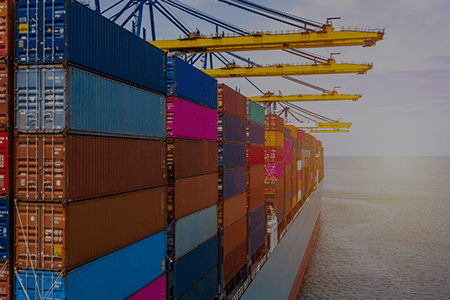Application Consistency in Kubernetes
Gone are the days that a backup of a virtual machine is enough for backing up an entire application. Applications, especially modern, cloud-native applications, span across virtual machines, containers and cloud services. Backing up any one of those individual components is not enough to capture the entire application’s state. Instead, we need to capture all […]






